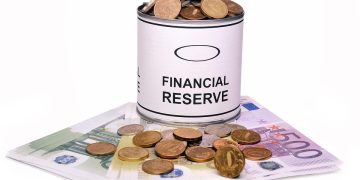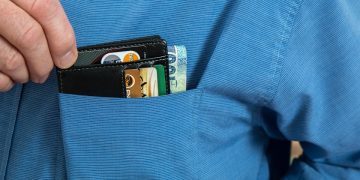Mastering Your Finances: Proven Debt Reduction Strategies for a Debt-Free Future
Debt can be a major source of stress and anxiety for many people. Whether you’re dealing with credit card debt, student loans, or other forms of debt, it’s important to have a plan in place to pay off your debts and achieve financial freedom. In this article, we’ll explore some proven debt reduction strategies that can help you take control of your finances and work towards a debt-free future.
Assess Your Current Financial Situation
The first step in mastering your finances and reducing your debt is to assess your current financial situation. Take stock of all your debts, including the total amount owed, interest rates, and minimum monthly payments. This will give you a clear picture of where you stand and help you prioritize which debts to pay off first.
Create a Budget
Creating a budget is essential for managing your finances and reducing your debt. Start by listing all your income sources and expenses, including fixed expenses like rent and utilities, as well as variable expenses like groceries and entertainment. Be sure to allocate a portion of your income towards paying off your debts each month.
Cut Expenses
One of the most effective ways to reduce your debt is to cut expenses wherever possible. Look for ways to trim your budget, such as eating out less often, canceling subscription services you don’t use, and shopping for deals on groceries and other essentials. Every dollar you save can be put towards paying off your debts faster.
Increase Your Income
If cutting expenses isn’t enough to make a significant dent in your debt, consider finding ways to increase your income. This could involve taking on a part-time job, freelancing, or selling items you no longer need. The extra income can be used to accelerate your debt repayment and move you closer to financial freedom.
Snowball Method
The snowball method is a debt reduction strategy that involves paying off your debts from smallest to largest, regardless of interest rates. Start by making minimum payments on all your debts except the smallest one, which you should focus on paying off as quickly as possible. Once the smallest debt is paid off, move on to the next smallest debt, and so on. This method can help you build momentum and stay motivated as you see your debts disappear one by one.
Avalanche Method
The avalanche method is another popular debt reduction strategy that involves paying off your debts with the highest interest rates first. Start by making minimum payments on all your debts except the one with the highest interest rate, which you should focus on paying off as quickly as possible. Once that debt is paid off, move on to the next highest interest rate debt, and so on. This method can save you money on interest payments in the long run and help you become debt-free faster.
Debt Consolidation
If you have multiple debts with high interest rates, debt consolidation may be a viable option. This involves taking out a new loan or transferring your existing debts to a single loan with a lower interest rate. Debt consolidation can simplify your debt repayment process and potentially save you money on interest payments. However, it’s important to carefully consider the terms and fees associated with the new loan before proceeding.
Seek Professional Help
If you’re struggling to manage your debts on your own, consider seeking professional help from a credit counselor or financial advisor. They can provide personalized advice and guidance on how to effectively pay off your debts and improve your financial situation. Additionally, they can help you create a debt repayment plan and negotiate with creditors on your behalf.
Stay Motivated
Paying off debt can be a long and challenging process, but it’s important to stay motivated and focused on your goal of achieving financial freedom. Celebrate small victories along the way, such as paying off a credit card or reaching a savings milestone. Remember that every dollar you put towards your debts brings you one step closer to a debt-free future.
Conclusion
Mastering your finances and reducing your debt requires discipline, determination, and a solid plan of action. By assessing your current financial situation, creating a budget, cutting expenses, increasing your income, and utilizing proven debt reduction strategies like the snowball and avalanche methods, you can take control of your debts and work towards a debt-free future. Remember to seek professional help if needed and stay motivated throughout the process. With perseverance and commitment, you can achieve financial freedom and enjoy a more secure financial future.
By implementing these debt reduction strategies, you can take control of your finances and work towards a debt-free future. Remember, it’s never too late to start improving your financial situation and achieving your goals. With determination, discipline, and a solid plan of action, you can master your finances and pave the way for a brighter financial future.


























































